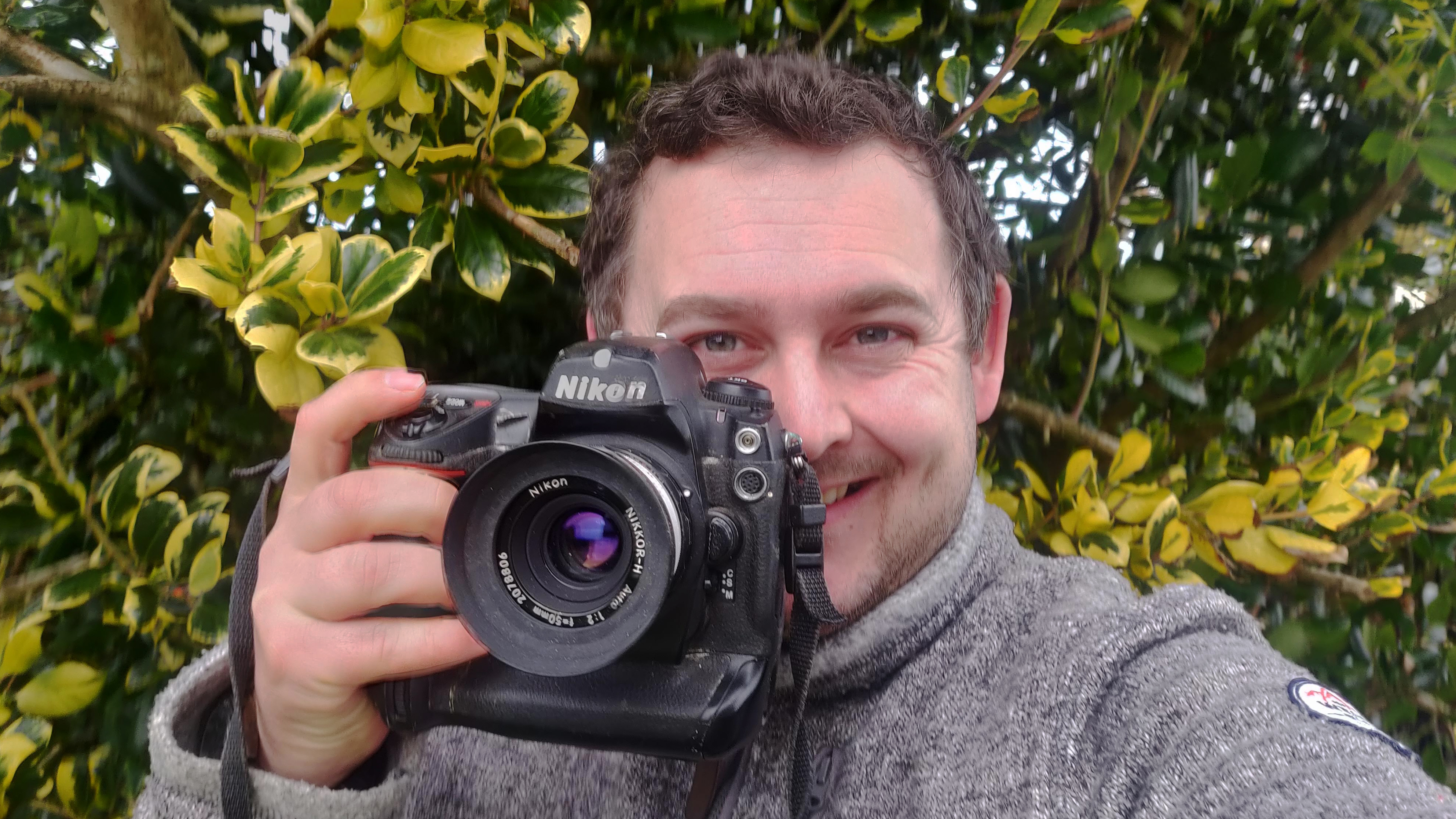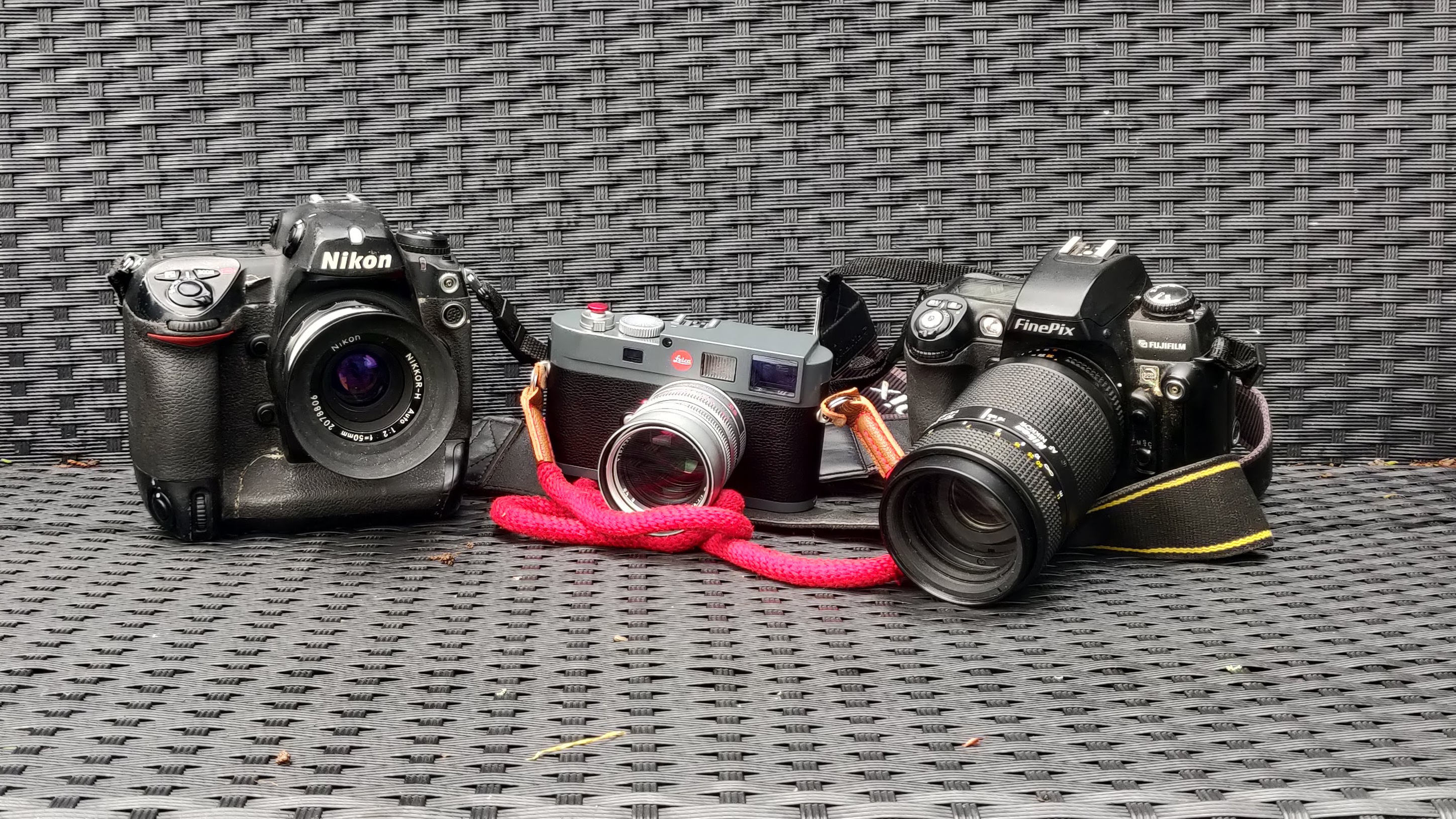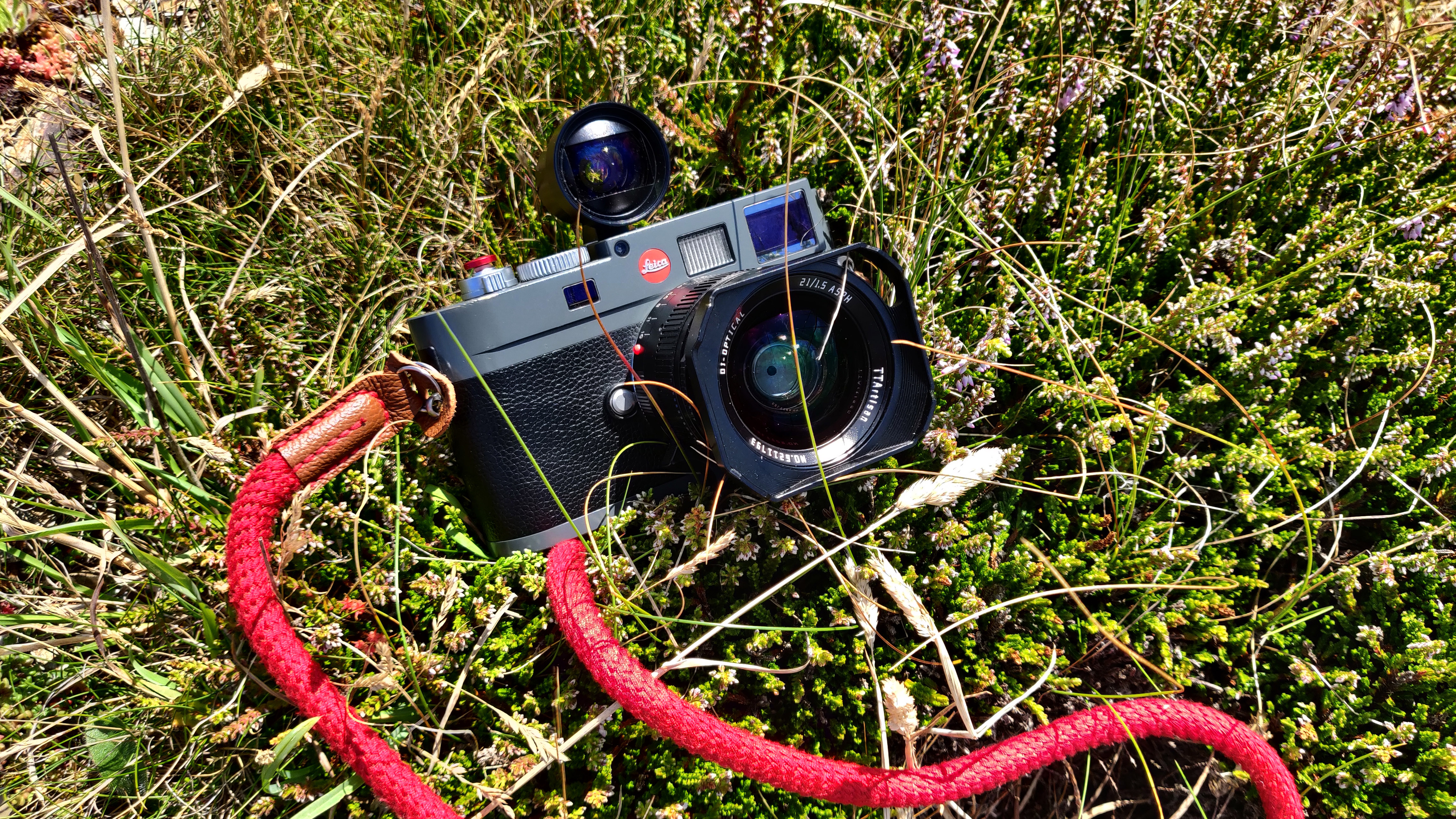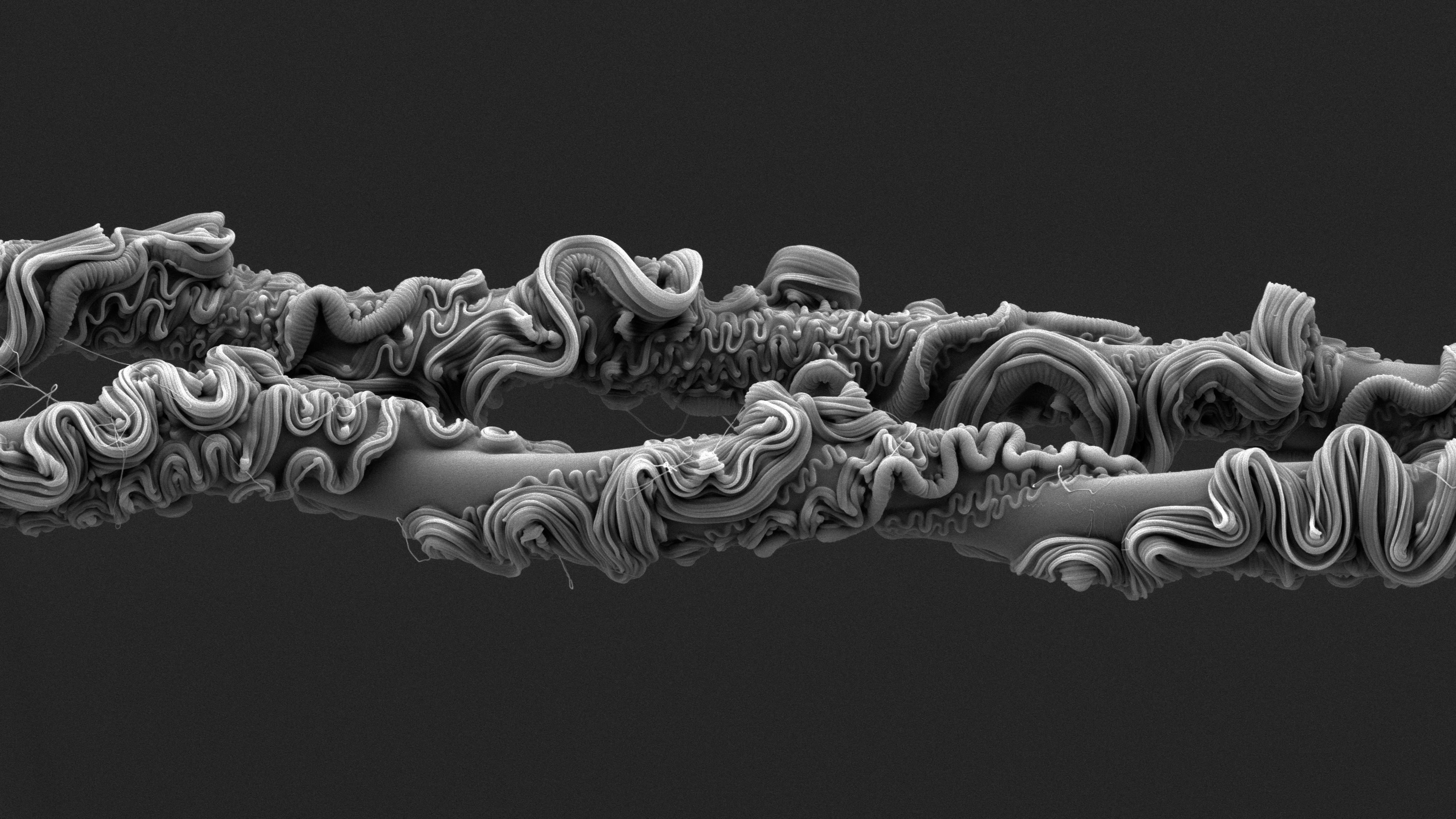We obsess over specs, but no one asks how the camera "feels"
No one cares about your 60MP sensor if the camera sucks to use!

Every time a new camera launches, the headlines flood in like clockwork – 60MP, 8K RAW, 30fps blackout-free bursts, AI-powered autofocus, stacked sensors, phase detection, pre-capture, subject recognition…
We’re so neck-deep in the numbers now, we barely stop to consider the one thing that really matters: how the damned thing feels in your hands.
Specs are measurable, marketable and easy to throw into a chart. But no chart in the world can tell you if a camera feels right. That part’s personal.
I’ve used cameras that cost $50,000 and left me cold after a day. Technically brilliant, no doubt, but hollow. Then I’ve picked up small, imperfect things – some with dust in the viewfinder, a stiff aperture ring or quirks that would give a lab tester a nervous twitch – and felt something click.
A sense of connection. Not just to the tool, but to the act of making photographs. That’s the bit you don’t see in spec sheets or launch videos. The emotional pull. The joy of use.
If you love the way a camera feels, you’ll carry it more. If you carry it more, you’ll shoot more. And if you shoot more, inevitably, you get better. The camera becomes a part of your daily rhythm. You reach for it instinctively. It’s not just a machine – it’s part of the way you see the world.
That’s why some people still swear by their old Fujis, their beat-up Leicas or even a creaky old DSLR that feels like home. Not because it’s the sharpest or the fastest, but because it gets out of the way and enables them to make photographs.
The best camera deals, reviews, product advice, and unmissable photography news, direct to your inbox!
The problem now is we’re being sold cameras like smartphones – on raw horsepower, clever processing and resolution arms races. Sure, those things have a place. But that shouldn’t be the starting point.
The starting point should be: do you like holding it? Does it make you want to go out and shoot? If the answer is no, I don’t care if it can shoot 20 stops of dynamic range in the dark. It’s not going to inspire anything but regret.
There’s also something deeply human about the feel of a camera. The weight of it, the way the shutter sounds, the texture of the dials. It’s tactile, and it pulls you into the present.
You’re no longer swiping and pinching on a screen – you’re engaging with the world, with light, with timing. A good camera disappears in your hands. A great one makes you feel like you’re part of something alive.
I’m not saying ignore specs entirely. They matter – especially if your work demands it. But they’re not the full picture… they’re not even half.
I’ve never once looked back at a photo I loved and thought, “Shame it wasn’t taken on a 60MP sensor.” I’ve looked back and remembered the moment, the light, the feel and, more often than not, the camera I used to take it.
So next time you’re shopping for a camera – or reviewing one or talking about one – don’t just ask what it can do. Ask how it makes you feel. Because that, more than anything else, will decide what kind of photographer you become.
you may also like…
Take a break from specs and put a little romance in your hands with the best Leica cameras and the best Fujifilm cameras – and if you love the feel of analog, don't forget the best film cameras.

For nearly two decades Sebastian's work has been published internationally. Originally specializing in Equestrianism, his visuals have been used by the leading names in the equestrian industry such as The Fédération Equestre Internationale (FEI), The Jockey Club, Horse & Hound, and many more for various advertising campaigns, books, and pre/post-event highlights.
He is a Fellow of the Royal Society of Arts, holds a Foundation Degree in Equitation Science, and holds a Master of Arts in Publishing. He is a member of Nikon NPS and has been a Nikon user since his film days using a Nikon F5. He saw the digital transition with Nikon's D series cameras and is still, to this day, the youngest member to be elected into BEWA, the British Equestrian Writers' Association.
He is familiar with and shows great interest in 35mm, medium, and large-format photography, using products by Leica, Phase One, Hasselblad, Alpa, and Sinar. Sebastian has also used many cinema cameras from Sony, RED, ARRI, and everything in between. He now spends his spare time using his trusted Leica M-E or Leica M2, shooting Street/Documentary photography as he sees it, usually in Black and White.
You must confirm your public display name before commenting
Please logout and then login again, you will then be prompted to enter your display name.



